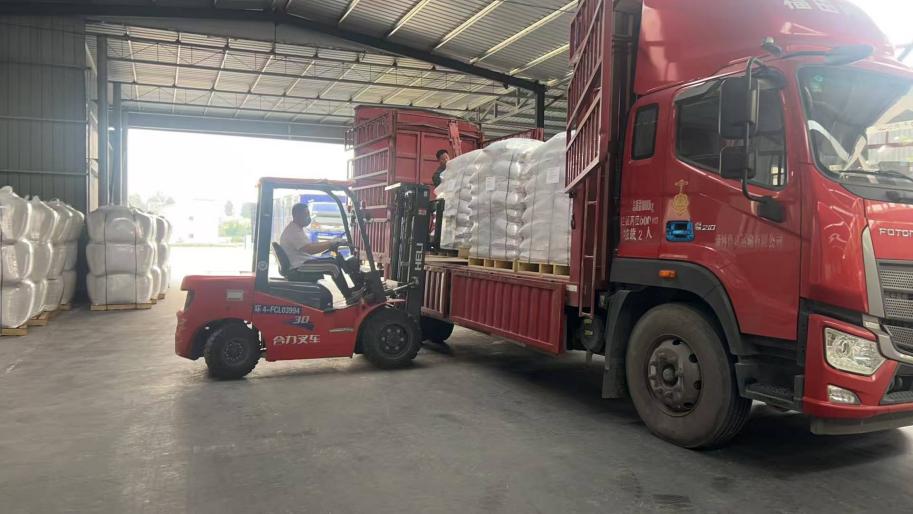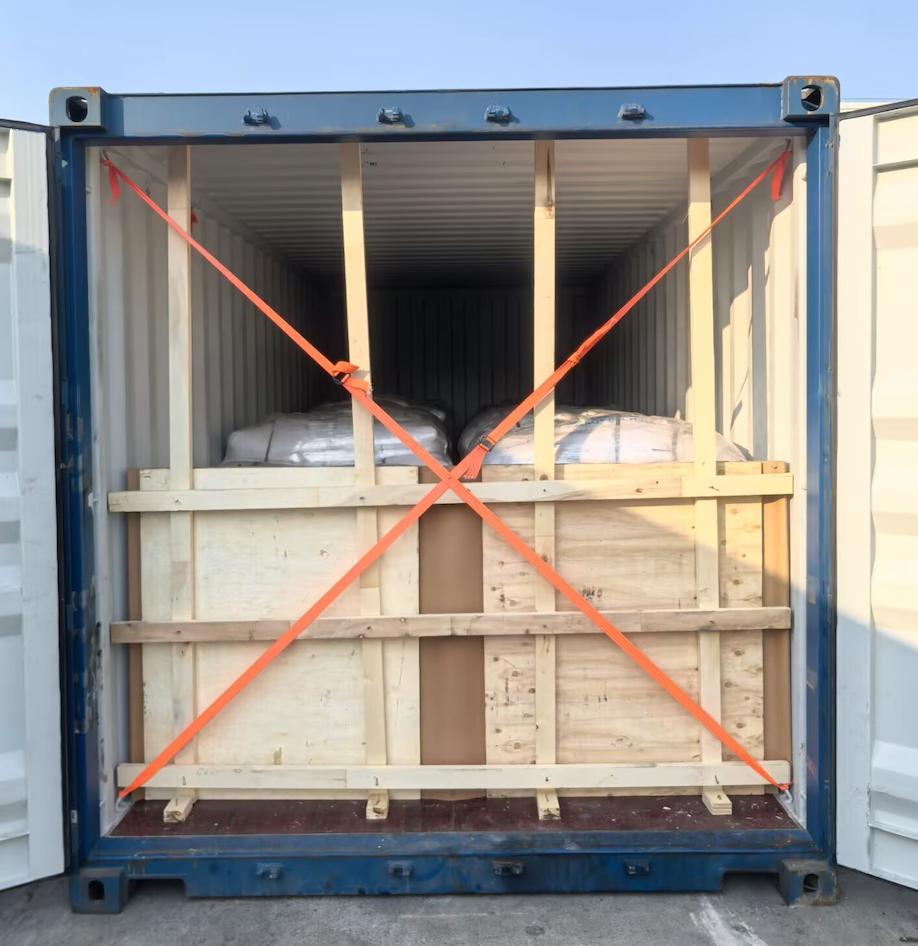Ship 1*20’GP activated alumina to Europe
2025-08-28
This is the 3rd order from one of our Europe customer, who is the distributor in their local market. Usually the activated alumina balls are often need in their industrial plant.
Before customer also placed orders for activated alumina and inert ceramic balls for his customer. He told us activated alumina have huge potential in their market. In different industrial field, the plants have many sets of air compressor dryers, before the plants took brand activated alumina. But after years going, they found activated alumina from China is also amazing in water adsorption and economic efficiency. So plants entrust customer to do this business. Below is the loading photos:

So what is activated alumina? And what is the application?
Activated alumina is a solid material with a porous structure and high dispersion. Its main component is aluminum oxide (Al2O3), but it is not ordinary aluminum oxide powder.
You can imagine it as a 'hard sponge' with a huge surface area and countless tiny pores. These characteristics endow it with extremely strong adsorption capacity, surface activity, and thermal stability. It is usually prepared by high-temperature heating dehydration and activation of aluminum hydroxide (Al (OH)3) or bauxite.
Activated alumina has a wide range of applications in various industrial and daily life fields due to its unique physical and chemical properties, mainly including the following aspects:
1. Adsorbent - The common application in industry
*Desiccant (dehydration): This is one of its most common application. Used for deep drying of various gases (such as air, natural gas, hydrogen, cracking gas, petroleum gas, etc.) and liquids (such as gasoline, kerosene, aromatics, etc.). Its drying ability is very strong, and it can even lower the dew point of gases to below -70 ° C. Many of the desiccant balls you see in the packaging of precision instruments or electronic devices are activated alumina.
*Drinking water defluorination: Activated alumina is a commonly used defluorination filter material in high fluoride areas. It can effectively adsorb fluoride ions in water, reduce the fluoride content in drinking water, and prevent fluorosis and fluorosis.
*Industrial wastewater treatment: Used to remove harmful impurities such as heavy metals (such as arsenic), phosphorus, fluorine, etc. from wastewater.
2. As catalysts and carriers - The Most Important Industrial Applications
Due to its high specific surface area and thermal stability, activated alumina is an extremely important and commonly used catalyst carrier in the chemical industry.
* Catalyst Carrier: In many chemical reactions, active components such as precious metals (such as platinum, palladium, rhodium) or metal oxides are loaded onto the microporous surface of activated alumina to increase the dispersion and effective area of the catalyst, thereby improving reaction efficiency and saving precious metal usage. For example:
* Hydrorefining and Catalytic Reforming in petroleum refining.
* Catalytic converter in automobile exhaust purifier.
* Directly used as a catalyst: In some reactions, it can also be used as a catalyst itself, such as dehydration reaction, Claus method for sulfur recovery , etc.
3. Other purposes
* Insulation material: Used for high-voltage electrical switches as insulation fillers.
* Regenerator: When the adsorption is saturated (e.g. filled with water), the water can be desorbed by heating (usually at 150-300 ° C) to restore the adsorption capacity. This process is called "regeneration" and can be used repeatedly.

In summary, activated alumina is an excellent porous adsorbent material and catalyst carrier. Its core value lies in its huge specific surface area and stable physical and chemical properties, which make it play an indispensable role in chemical production, environmental protection (water treatment), gas purification, and daily life.
Whenever deep drying, water purification, or accelerated chemical reactions are required, activated alumina is often one of the preferred materials.

